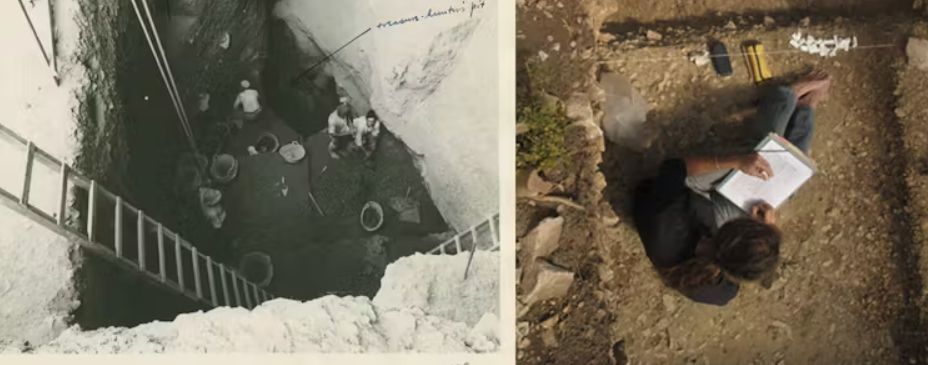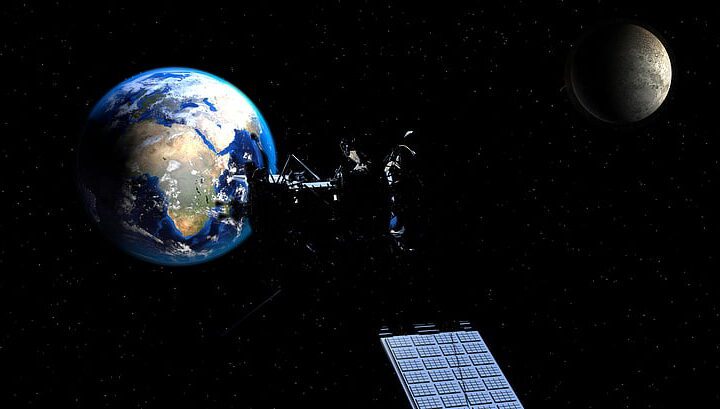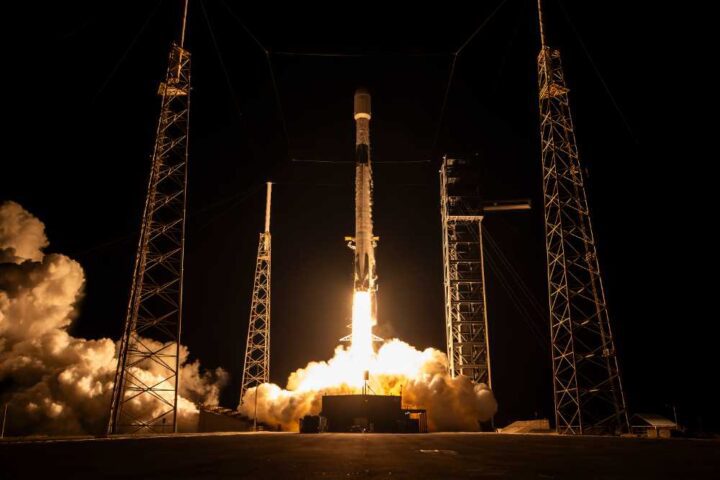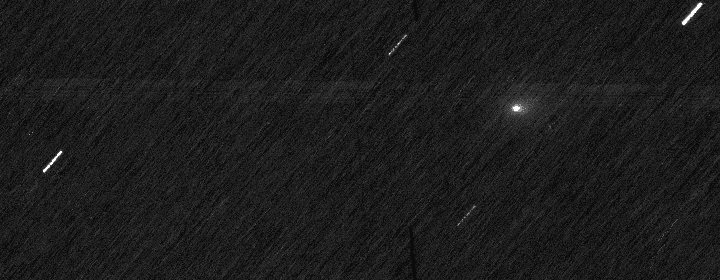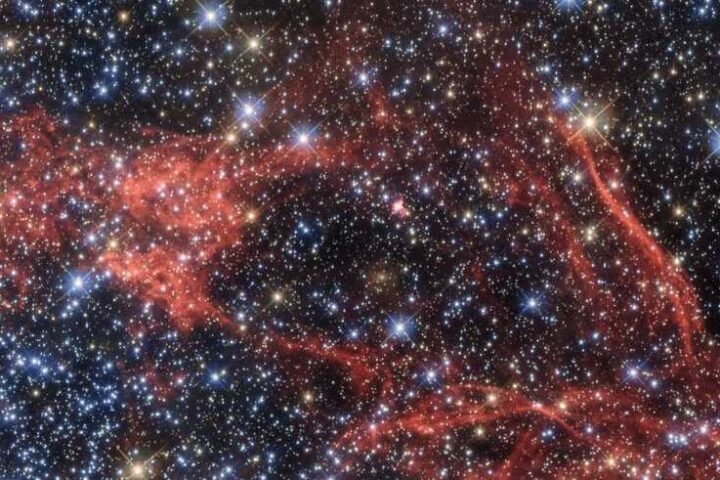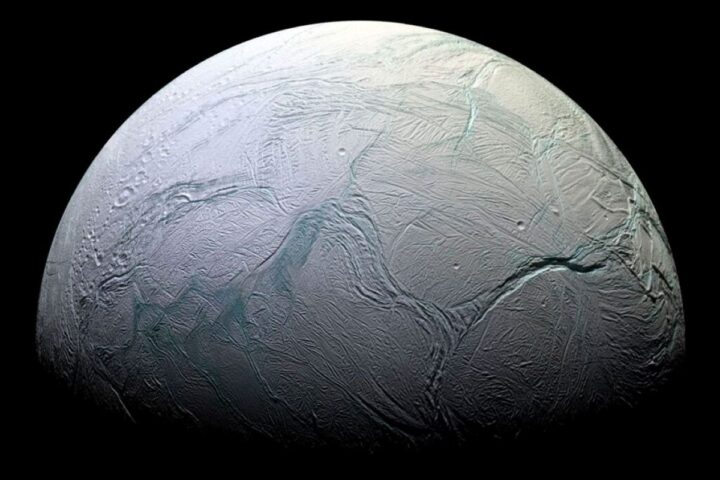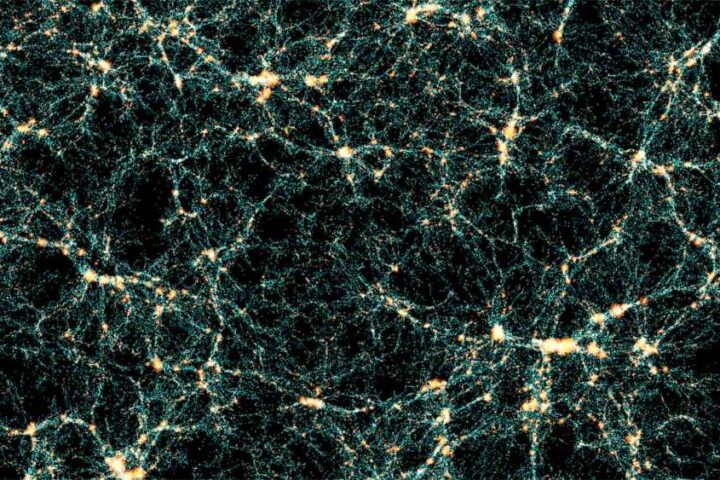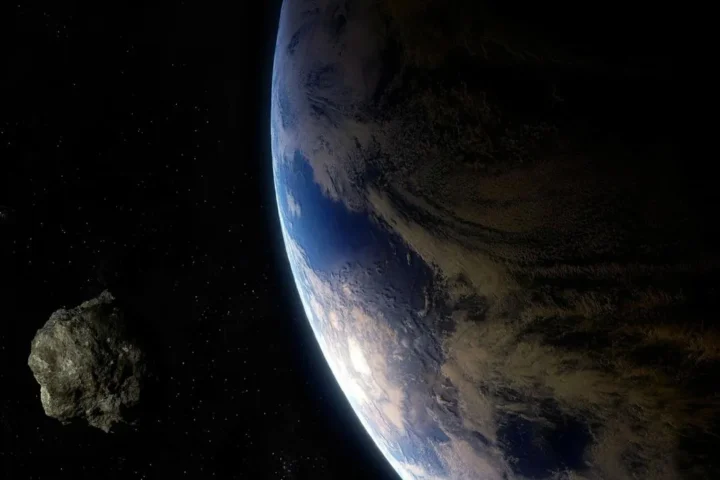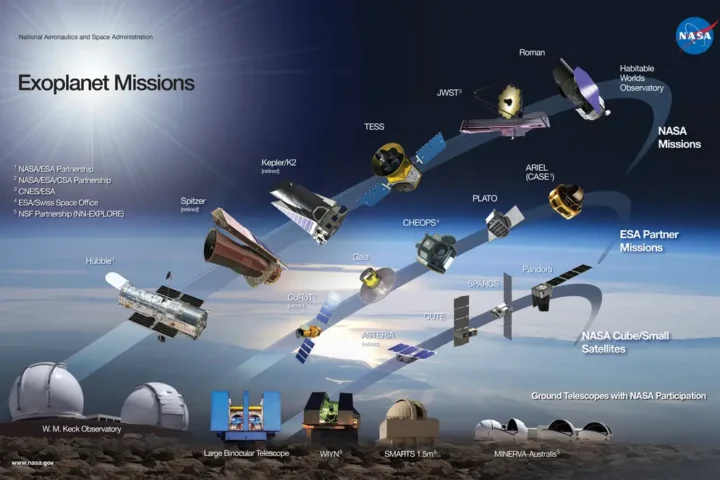The plasma science instrument has been turned off aboard the Voyager 2 spacecraft by NASA Mission engineers due to the probe’s gradually shrinking power supply. Voyager 2 is journeying beyond humanity and Earth. The spacecraft continues to use 4 science instruments to study the region outside our heliosphere. Voyager 2 is traveling more than 12.8 billion miles (20.5 billion kilometers) from Earth. The probe has enough power to continue exploring this region with at least 1 operational science instrument into the 2030s.
No other human-made spacecraft has operated in interstellar space, the region outside the heliosphere. Earth is a part of the region which is protected by the bubble of particles and magnetic fields created by the Sun. The main purpose of science instruments is to measure the amount of plasma (electrically charged atoms) and the direction it is flowing. Decaying plutonium powers both the Voyager 1 and Voyager 2.
In the 1980s, the mission team turned off several science instruments (SI), after the twin voyagers completed their exploration. They also adjusted how Voyager 2’s voltage is monitored. The engineers issued the command to turn off the plasma SI on 26 September. The command could reach Voyager 2 after 19 hours. Another 19 hours brought the confirmation of receipt of command by the Voyager 2 system.
Similar Posts
So the minimum time to send and receive command between NASA’s Deep Space Network and Voyager is 19 hours. The spacecraft is 47 years old. The team has confirmed that the switch-off command was confirmed without incident. The probe is operating normally.
The plasma Science Instrument proved critical in determining that Voyager 2 left the heliosphere in 2018. The plasma science instrument consists of 4 “cups”. 3 Cups point in the direction of the Sun. A fourth points at right angle to the direction of the other 3. The flow of plasma into the three cups facing the Sun dropped off dramatically, when Voyager 2 exited the heliosphere.
The Voyager team continues to monitor the health of the spacecraft. It’s available resources are enough to last until the 2030s. The Voyager 2, like its twin Voyager 1 is an unmanned spacecraft. So there is no fear of an astronaut like Sunita Williams and her colleague getting stuck in Boeing’s Starliner spacecraft due to technical failure.
NASA has turned off plasma science instruments to save Voyager 2 power. There is enough power in Voyager 2 to last till the 2030s. The command to turn off SI took 19 hours to reach Voyager 2 and equal time to get back the message to the Control Room of NASA as the spacecraft is traveling outside the solar region.


